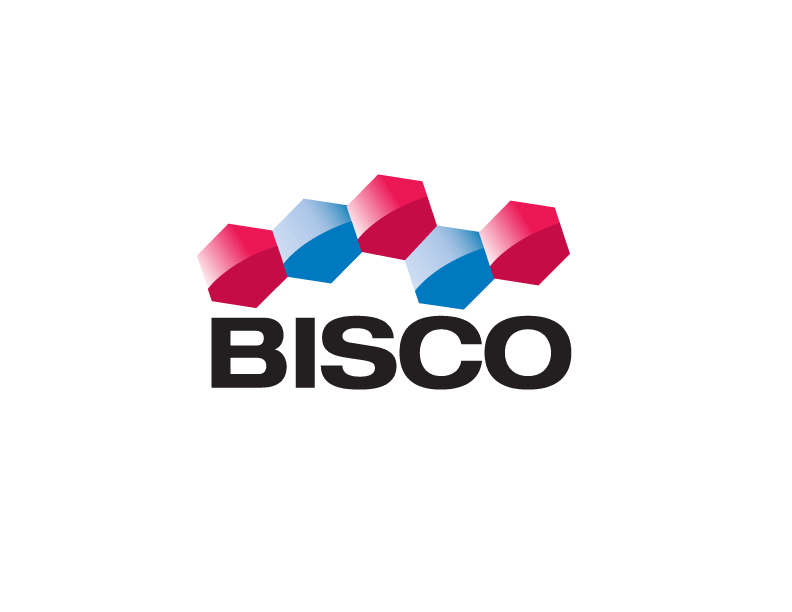
JAVIER TAPIA

Javier Tapia Guadix was born in 1978 in Madrid, Spain. He graduated from the European University of Madrid with a dental degree in 2003 and served as an associate professor in the Prosthetics Department in 2004. In 2005, he began his career as a professional computer graphics artist, specialising in illustration, animation, and application development. That same year, he was honoured with the Collegiate Merit Award by the Spanish College of Dentists from the 1st Region.
In 2010, Javier co-founded the Bio-Emulation group with Panaghiotis Bazos and Gianfranco Politano. This international group comprises experts in biomimetic dentistry, including clinicians, researchers, and technicians. He also works as a consultant and developer for various dental companies including GC and Polydentia and has been a member of the GC Europe Restorative Advisory Board since 2010.
He is also key opinion leader for several companies including GC, Zeiss, EVE rotary, Polydentia, Velopex and LM instruments. Javier is an official reviewer for the International Journal of Esthetic Dentistry, the Journal of Esthetic and Restorative Dentistry, and the International Journal of Periodontics & Restorative Dentistry. He works in private practice in Madrid and Barcelona, focusing on restorative dentistry and aesthetics. Additionally, he is an associate professor in the postgraduate aesthetics program at the European University of Madrid and collaborates with other universities across Europe.
As international lecturer, Javier has participated in over 400 congresses, hands-on courses, and live courses. He has published numerous articles on restorative dentistry, dental photography, and the use of computers in dentistry.
N E X T
LECTURE 1
FROM PREP TO PIXEL: INDIRECT ANTERIORS IN THE DIGITAL AGE
Achieving consistent success with indirect anterior restorations begins long before the final cementation—it starts with a well-structured plan and precise execution. In today’s digital era, clinicians have powerful tools at their disposal to enhance predictability, efficiency, and esthetic outcomes. This lecture focuses on translating digital planning into practical, real-world protocols that support daily clinical practice.
Attendees will learn how to implement digital smile design and mock-up validation as essential tools for both patient communication and treatment planning. Special emphasis will be placed on tooth preparation strategies that are specifically optimized for digital workflows, including margin placement, reduction guidelines, and scan-friendly geometry. The session will conclude with a practical overview of adhesive protocols, offering tailored bonding techniques for various clinical scenarios—from ideal conditions to more complex cases involving subgingival margins or compromised substrate color.
This lecture is designed for clinicians looking to refine their approach to anterior indirect restorations through a digitally enhanced, clinically grounded workflow.
OBJECTIVES: At the completion of the course, participants will be able to:
-
Smile Design and Mock-Up Validation as Predictive Tools.
-
Tooth Preparation Optimized for the Digital Workflow.
-
Bonding Protocols Tailored to Different Clinical Scenarios.
LECTURE 2
FROM PIXEL TO PORCELAIN: MERGING DIGITAL PRECISION WITH HANDCRAFTED EXCELLENCE
In the evolving landscape of restorative dentistry, the digital workflow has transformed the way we design and manufacture indirect anterior restorations. However, the finest outcomes still rely on a delicate balance between cutting-edge technology and skilled craftsmanship. This lecture explores how to seamlessly integrate digital design with the artistry of hand-finishing to produce highly esthetic and functional restorations.
Participants will gain a comprehensive understanding of contemporary material options—including lithium disilicate, hybrid ceramics, and other CAD/CAM-compatible materials—and how to match their properties to specific clinical indications. The session will also walk through each stage of the digital workflow, from intraoral scanning and digital design strategies to manufacturing techniques that ensure accuracy and reproducibility. Finally, emphasis will be placed on surface treatments, finishing, and characterization methods that enhance both durability and natural esthetics.
This lecture is ideal for clinicians and technicians aiming to elevate their restorative outcomes by mastering both the digital and analog components of modern lab work.
OBJECTIVES: At the completion of the course, participants will be able to:
-
Understanding Material Options: Lithium Disilicate, Hybrid Ceramics, and More.
-
Optimising Digital Workflows: From Scanning to Design and Manufacturing.
-
Surface Treatment and Finishing Techniques for Esthetics and Durability.









.png)
















